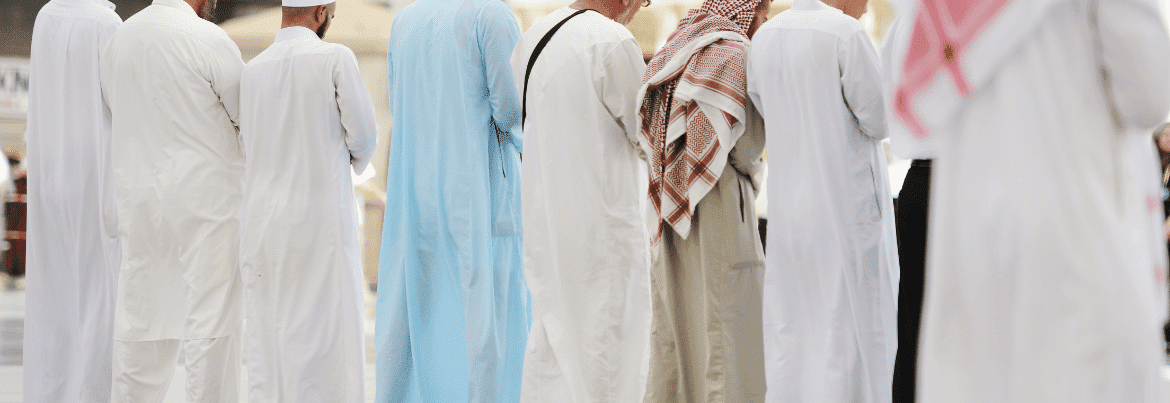
A Detailed Guide on Taraweeh Prayers at Home
Ramadan, the ninth month of the Islamic lunar calendar, is a sacred period marked by fasting, spiritual reflection, and increased devotion. One of the distinctive features of Ramadan is the nightly Taraweeh prayers, performed after the obligatory Isha prayer. While traditionally offered in congregation at mosques, there are occasions when individuals may prefer or need to perform Taraweeh prayers at home. This guide provides comprehensive information on Taraweeh, its significance, the relevant Quranic and Hadith references, the prescribed Rakats, and step-by-step instructions on how to perform Taraweeh at home.
What is Taraweeh?
Taraweeh refers to the special nightly prayers performed during the month of Ramadan. The term is derived from the Arabic word “raha,” which means to rest or relax. These prayers are called Taraweeh because worshippers take short breaks between sets of Rakats, allowing them to rejuvenate their energy for the next set.
Significance of Taraweeh:
- Spiritual Reflection: Taraweeh prayers provide a unique opportunity for increased spiritual reflection and connection with Allah. The quietude of the night enhances the focus on prayer and self-discipline.
- Communal Bond: Traditionally performed in congregation, Taraweeh prayers foster a sense of community and solidarity among Muslims. Congregational prayers create an atmosphere of unity and shared devotion.
- Increased Worship: Ramadan is a month of heightened worship, and Taraweeh adds an extra layer of devotion. The additional prayers serve as a means of seeking forgiveness, guidance, and blessings from Allah.
Quranic and Hadith References to Taraweeh:
- Quranic Reference: Although the Quran does not explicitly mention Taraweeh, it emphasizes the importance of nightly prayers. The verse from Surah Al-Isra (17:78) encourages believers to stand in prayer during the night, indicating the general practice of offering additional prayers.
- Hadith References: Several Hadiths narrated by the Prophet Muhammad (peace be upon him) highlight the significance of Taraweeh. A well-known narration by Aisha (may Allah be pleased with her) mentions that the Prophet never abandoned the Taraweeh prayers during Ramadan, whether at home or in the mosque (Sahih Bukhari).
The Exact Rakats of Taraweeh:
The number of Rakats (units of prayer) in Taraweeh can vary based on different schools of thought. The most commonly followed opinion is 8 Rakats, prayed in sets of 2 with a short break in between. Some people, following the Hanafi school, pray 20 Rakats, while others may choose to pray even more. The key is to maintain consistency and sincerity in one’s worship.
How to Pray Taraweeh?
Performing Taraweeh at home follows a similar structure to the regular congregational prayers. Here’s a step-by-step guide:
- Intention (Niyyah): Form the intention to perform Taraweeh prayers solely for the sake of Allah.
- Recitation of Surah Al-Fatihah: Begin each Rakat with the recitation of Surah Al-Fatihah, the opening chapter of the Quran.
- Recitation of Quranic Verses: After Al-Fatihah, recite a portion of the Quran. Commonly, Surahs such as Al-Ikhlas, Al-Falaq, and An-Nas are recited in different Rakats.
- Ruku (Bowing) and Sujood (Prostration): Follow the regular prayer postures of bowing and prostrating, maintaining humility and concentration.
- Tashahhud: In the last Rakat, recite the Tashahhud, a testimony of faith, while sitting in the final sitting position.
- Salam: Conclude the prayer by turning the head to the right and saying “Assalamu Alaikum wa Rahmatullah” (Peace and mercy of Allah be upon you).
- Repeat: Repeat the process for the desired number of Rakats, taking short breaks in between sets if needed.
Conclusion:
Taraweeh prayers hold immense spiritual significance during the holy month of Ramadan. While the congregation at the mosque is the preferred practice, performing Taraweeh at home is a viable option for individuals unable to attend. This detailed guide aims to equip believers with the knowledge and understanding needed to engage in this special nightly prayer, fostering a deeper connection with Allah and a more meaningful Ramadan experience. May Allah accept our prayers and grant us the strength to worship with sincerity and devotion during this blessed month.